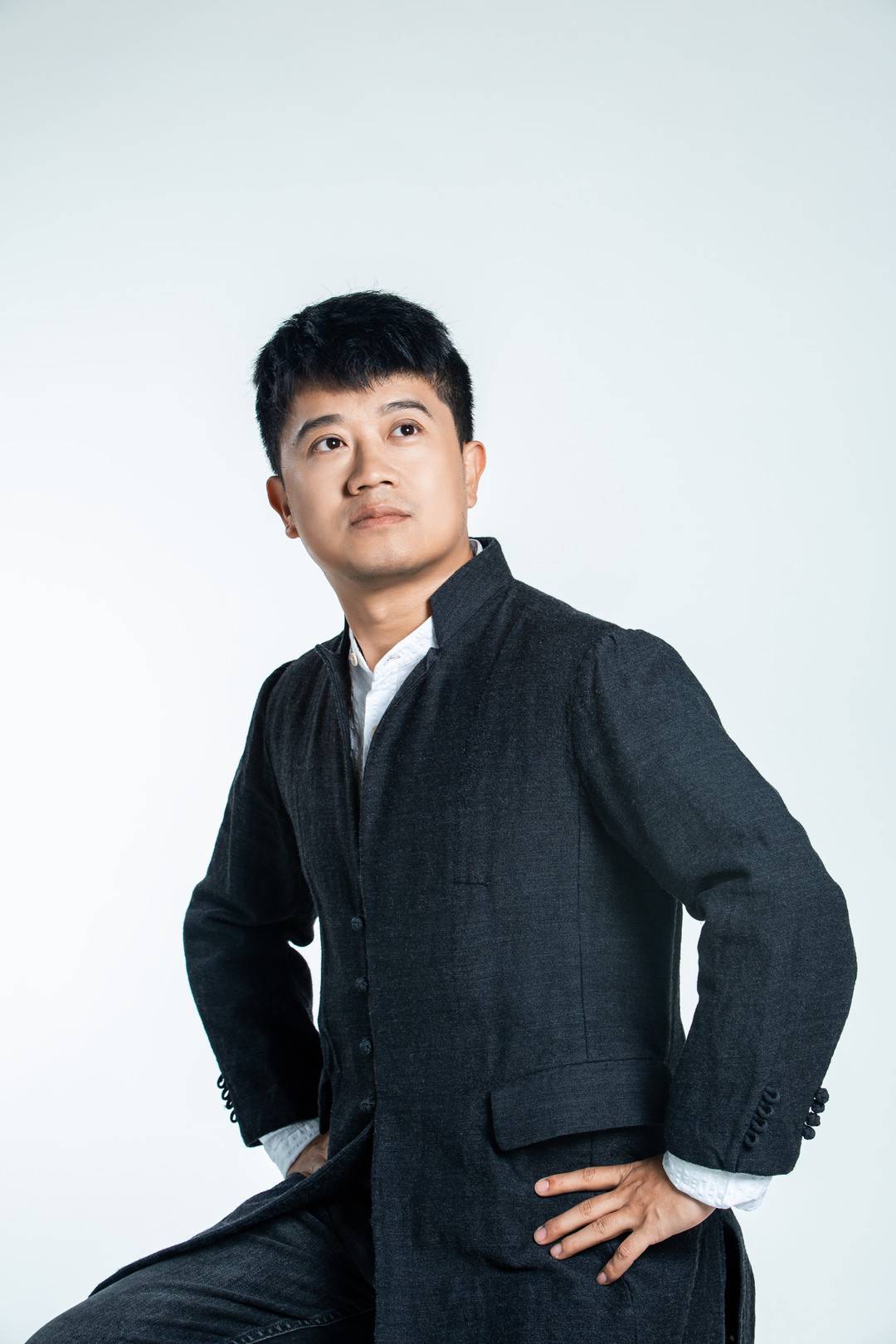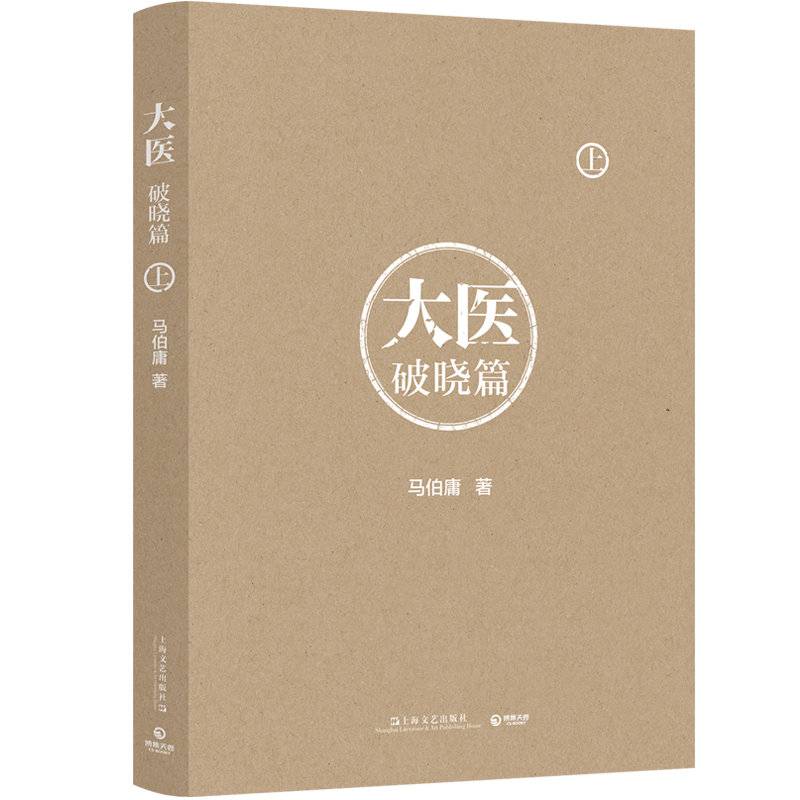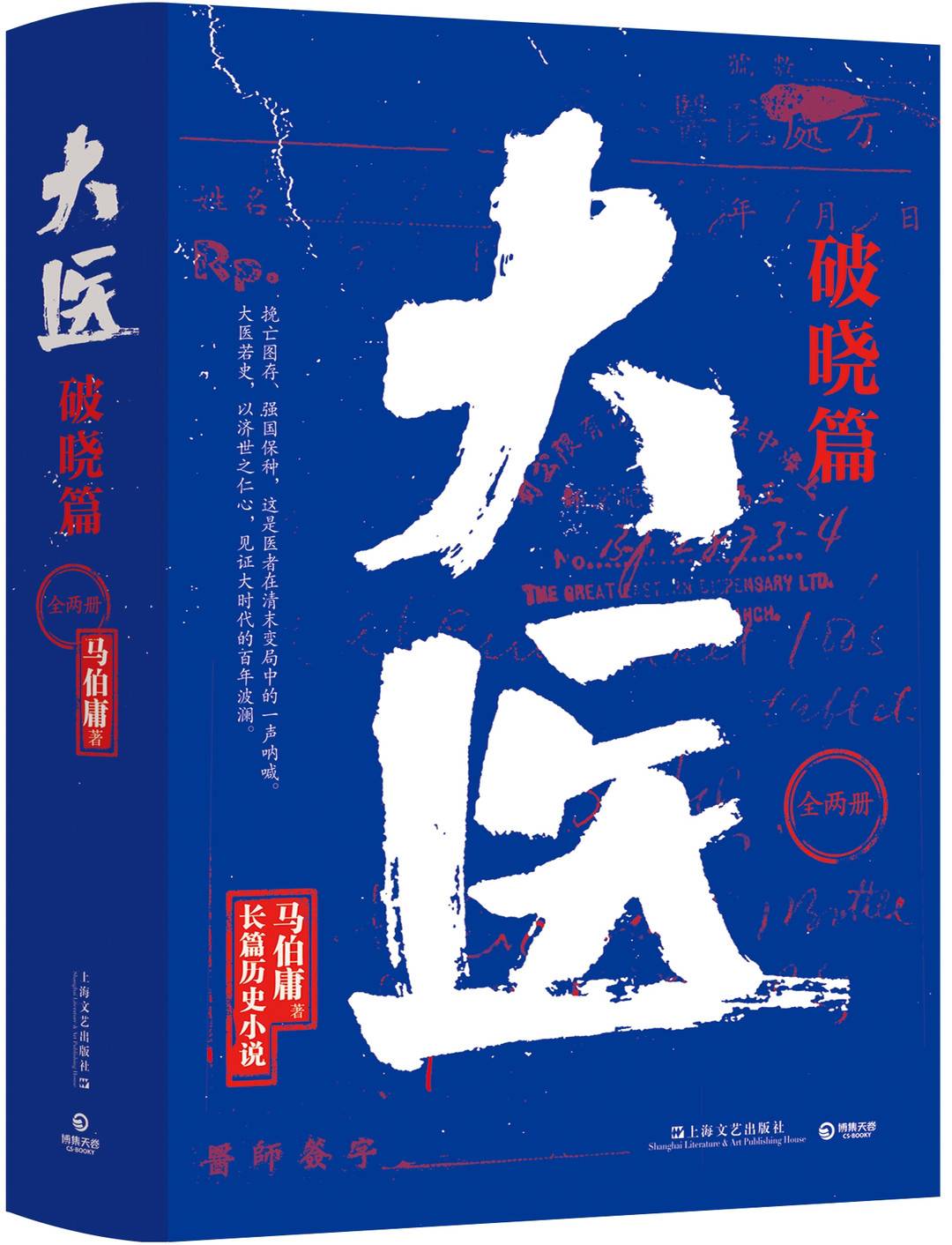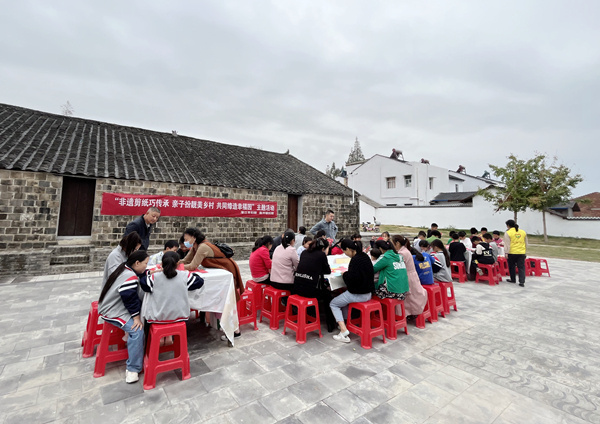Tell the "Big Medicine" story of "Wuliande" from history, Ma Boyong, the latest long story of Ma Boyong
Author:Cover news Time:2022.09.26
Cover news reporter Zhang Jie
From November 1910 to April 1911, an unprecedented plague broke out in the Northeast. In 6 months, more than 60,000 people died. The painful past, as well as the name of the doctor and the "plague fighter" Wu Liande, was remembered by history. But a doctor like Wu Liande is mainly described in some academic monographs and non -fictional memoirs.

Ma Boyong (Publishing House Pictures)
In September 2022, writer Ma Boyong launched the latest novel "Big Medicine", which reproduced the story of a group of "Cangsheng Daizhi" in the late Qing Dynasty. Tracking history with literature and expressing deep thoughts with popular art is what Ma Boyong is best at. Through the superb narrative art, "big doctors" like Wu Liande will be seen from the old paper piles to the work that the public likes to hear, it is the special point of Ma Boyong's writing this time.
The publisher revealed that the upper part of the "Big Medicine · Dawn" broke 10 million yuan in sales in one week.
Ma Boyong's writing path is good at seeking treasure hunting in historical materials, digging and capturing a certain intriguing real details of history as a "medicine attraction" of writing, and then exerting his own understanding, imagination, and expression, which constitutes the article. These two ways are indifferent, but each has its own advantages. Ma Boyong's road is obviously more like a highly professional writer. His works are high -yielding and stable quality.
In 2017, Ma Boyong was invited to give a cultural lecture at Huashan Hospital affiliated to Fudan University, and by the way, he visited the History Museum in the hospital. He was surprised to find that the History Museum of the Academy was not easy. The historical documents, photos, and a few cultural relics in the museum may feel boring to others. But Ma Boyong, who was born with a bowl of historical novels, keenly smelled the charm of the combination of history and literature from it. In his opinion, almost every one can be connected to the big events and big characters in modern Chinese history, and it is connected into a hidden line, which is followed by the magnificent era. "As a creator, especially a historical novel creator, I feel that this is definitely a good theme. Think about it, from the perspective of a hospital or a doctor to examine that era, how much is this Exciting things. "
On December 31, 2019, he handed the final drafts of "Two Beijing Fifteen Days" to the editor, and even before the new year of the next year, he was anxious to open a new document and knocked on the "Huashan Hospital" solemnly. The first chapter of the word "several words, officially written. He wants to tell the story of the first batch of doctors in the Red Cross in modern China in troubled times.
A few months later, the arrival of the new crown epidemic made Ma Boyong hesitate: At this time, writing medical themes can easily be mistaken for people who do not know the ins and outs of the dragon. China has faced the public health crisis many times in history. Many white chivalrous men came forward and used their professional knowledge to adapt to all peoples. But when Ma Boyong told the materials he collected to the people around him, many people lamented after listening: "There is still such a thing." This reaction has given birth to a strange sense of responsibility, which prompts him to decide to write writing Going down, "Since I have come into contact with these materials, since I am also moved by them, why not pass this movement?"
Sun Siyi wrote in "Preparing for the Earthquake": "Every medical treatment will treat the gods, and there will be no desire ... if there is a disease to ask for help, they must not ask their nobles, the rich and the poor, and the length Youyan, complaining about relatives and good friends, Huayi foolishness, all the same, all like relatives, nor should they look at the front and back, think about the good and bad, and care for their lives.寒, day and night, cold and heat, hunger, fatigue, and fatigue, go to save. "This passage is consistent with the spirit of" Hippokrad Oath ". Ma Boyong realized that doctors' morals and responsibilities are the consensus of all human civilization. This prompted him to complete the "Big Doctor".

Use "time limit" writing technique
Art reproduces China's first generation of public charity doctors
The main line of the entire book is several young medical students. A Northeast teenager who escaped in the Japanese and Russian War, a Shanghai girl who was born in a society, and a Guangdong teenager who grew up in the London Embassy. Daqing joined the International Red Cross Telegraph and produced destiny intersections. They chose to step into a hospital that had just been established at the same time and entered the ups and downs of medical career.
In the era of changes in the late Qing Dynasty, the hospital where the three doctors were located have organized teams to participate in the Shanghai plague, northern Anhui flood, and Wuchang Uprising. A century ago, the situation was ups and downs. They supported each other and overcome one difficulties and danger after another. Ma Boyong cleverly involved the fate of the three protagonists into these real historical events, and gradually grew from the innocent young man to an excellent doctor. Starting.
Ma Boyong is good at using the technique of "time limit". For example, in "Changan's Litchi" was written in the Tang Dynasty for 11 days to transport fresh litchi from Lingnan to Chang'an. "Two Beijing 15th" rushed from Nanjing to Beijing in 15 days in the Ming Dynasty. "The story was staged within 12 hours of Tianbao's three -year Lantern Festival.
This time is no exception. When the young doctors were as soon as the first task of the cure for the victims of the northern Anhui water, they faced an extreme challenge -to find out whether the victims were carried on the pathogen of infectious diseases within 6 days. In the face of hundreds of victims, medical teams, consultation, sampling, laboratory, bacterial culture, micro -observation ... After some reasoning of cocooning, finally found the culprit of the disease by professional and wisdom at the last moment. Overseas banking

"The description of medical details makes me feel almost bald."
"Big Medicine" extended a pen to a new field that a writer rarely touched: the history of modern Chinese medical. Unlike general history, medical care is very professional. How to write the details of the internal industry without any medical background? Ma Boyong quickly realized that he underestimated the difficulty of creating this subject. He revealed in the post -postscript: "The description of the medical details alone makes me almost bald."
Ma Boyong went to Huashan Hospital to chat with a doctor and friends. He often went in and out of the hospital to make friends mistakenly think that he was sick. He swept through all the relevant information that could be found on the market, flipped through the academic library, the second -hand book market, and the libraries in various places, and also entered the old archive library of Huashan Hospital. From "Pharmaceutical Collection" published in the late Qing Dynasty to the "Barefoot Doctor Handbook" and "Common Disease Control of Rural" in the 1960s; from Mr. Yu Xinzhong's "Diseases, Medical and Health since the Qing" to Ma Jinsheng's "Discovery Disputes: Disposal Disputes: Research on the History of Social and Cultural History of the Republic of China "; from the" Wusong Health Demonstration Zone Archives "to" Red Cross Cross Credit Records "... After a one by one, he even considered finding a basic course for a medical university and studying Last semester.
He also asked excellent doctors and friends. But the doctor's excellent is basically not helpful. Because in order to write novels to understand medicine, we must not only understand the correct medical knowledge, but also know some errors or outdated medical knowledge. The development of medical development in each era is different. In the past, the medical concepts may not be consistent with the common sense we know. "In many scenarios, what I need is not the correct approach of modernity, but the wrong way of dealing with it. The actual situation. "
Ma Boyong gave two examples: for example, blood transfusion, only the concept of "blood type" in the medical community in 1900. In 1911, doctors generally accepted blood transfusion and blood blood types must be the same. If the author wants to write a doctor's blood transfusion operation in 1910, he must let him not test the blood type, use blood to use it, and it must be used on the spot because there is no anticoagulant -this is wrong in modern medical concepts. , But this was the real situation at that time. Another example is Pignexin (the old name of penicillin) in 1943 that the United States achieved mass production. Before 1945, China mainly relied on sulfa to antibacterial. It was obviously wrong if he wrote a anti -war righteousness by a doctor; before the invention of Murphy's dropper in 1931, the infusion could not be adjusted, so it could only be used for the assistance of the emergency. The scene that is full of men, women, and children can only appear after the 1930s.
Fortunately, Ma Boyong received great help from relevant professionals. For example, Deputy Dean of Huashan Hospital Jin Jianping supports Ma Boyong's core of the creation of Huashan Hospital as the creation of the novel, providing him with extremely valuable first -hand information. Chizihua of the University of Suzhou is an expert in the historical research of the Chinese Red Cross. The historical facts in "Big Medicine" have been issued and a formal review report is issued. As well as the vision of Huashan Hospital collected by Dr. Yang Zhen from Zhongshan Hospital, a license to the pseudo -Manchuria dentist, the roster of the patient at Chongqing Medical University, and the graduation photo of the Guangzhou Nurse School, it also contributed to Ma Boyong's experience.
- END -
China Shadow: Xiaoguang Shadow Map the Great World
Chinese shadow opera is an art form that integrates light and shadow, art, carvings, music, singing, and performance. After the white curtains under the lighting of the shadow artist, the shadow enlar
Experience the charm of non -heritage, dress up and beautiful villages, non -heritage paper -cutting activities are carried out in Yuyang Town, Qianjiang

The autumn meaning gradually became stronger, and in front of the Red Army of Tomb...